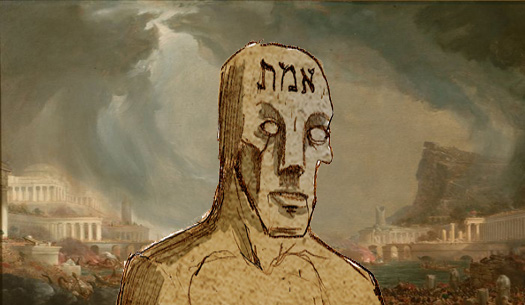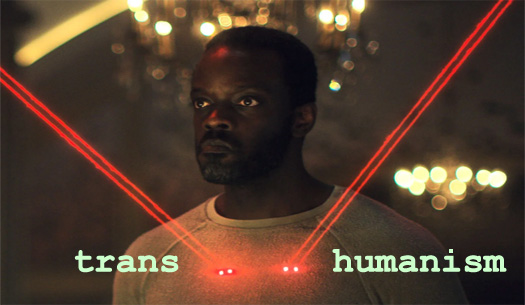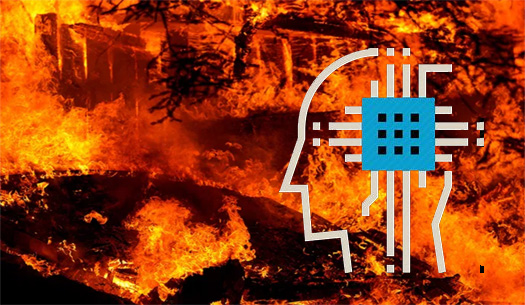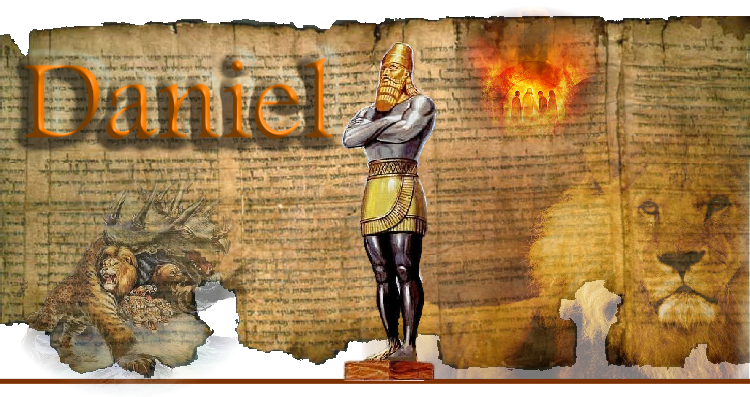Do the slide show and video before reading the Introduction.
|
.
Larry's Intro Ch. 2: Apocalyptic AI
Apocalyptic Singularity The singularity is time when technological growth, especially AI, becomes uncontrollable and irreversible, with the result that unforeseeable changes overwhelms humanity, ushering in a radically new era. On one possibility, an AI agent will enter a runaway reaction of self-improvement cycles, each new and generation appearing more rapidly, resulting inan "explosion" in intelligence and possibliy a superintelligence. Return of the Golem Just as Contrast proponents suggest science and religion have little to do with other, others suggest that pop culture and scientific research have little to do with each other. But Geraci argues (44) culture and science are intimately related:
We will meet the golem. The most famous golem narrative involves a late 16th-century rabbi but does all the way back to the Psalms. Many tales relay how the golem was brought to life and employed to vanquish enemies. A golem can be a victim or villain, Jew or "Goyim," man or woman—or sometimes both. Its image represents an apocalpytic response to war, community, oppression, hope, and despair.
AAI in Pop Music and AI Research
| ||||||||
Geraci Questions
2. Spell out the implications of Geraci's comment: Scientists do not have a mystical connection to deep, inner truths ... consensus emerges that a scientist has done good work by conducting carefully constructed and repeatable experiments, through publication in high-quality journals (41).
3. Geraci writes "Pop science is, therefore, critical to technoscientific power" (44). What's his argument about the science and religion dialogue in terms of whether it has fully recognized technology as a way to build a bridge between them?
4. Challenge: What are the theological implications of the YouTube video at right (remember Genesis 3:1, "Now the serpent was more crafty than any of the wild animals the LORD God had made")?
6. Geraci distinguishes (remember how important distinctions are in your writing) pop science and science fiction (48). Why?
7. One of Geraci's striking claims is that "Science fiction carries a camouflaged sacred into technological research" (55). What is his argument (55, bottom)?
8. What is a golem (image at left is a link) and how is it related to Judaism (Psalm 139:16)? 9. Geraci chronicles the atheist Stephen Weinberg's failure to get funding for the supercollider, contrasting that failure with apocalyptic AI funding requests. Why have the latter been more successful (61, bottom and 62)? 10. Important: A striking claim made by Geraci is:
What is the "role hybridization" and how is it that "the most powerful authorities in our culture always depend upon the power of the sacred" (63, bottom)?
14. On the bottom of p. 69, why does he compare robots to saviors of humanity? Is this laughable?
15. Given Geraci's claim that "Science fiction acts as a conduit for some of Apocalyptic AI's most sacred commitments; it both imports religious culture into robots and AI and exports it (transformed) into wider culture" (71), is it believable that use of Siri is a religious act (click image at left for a charming Siri conversation)t?
|










 1
1

